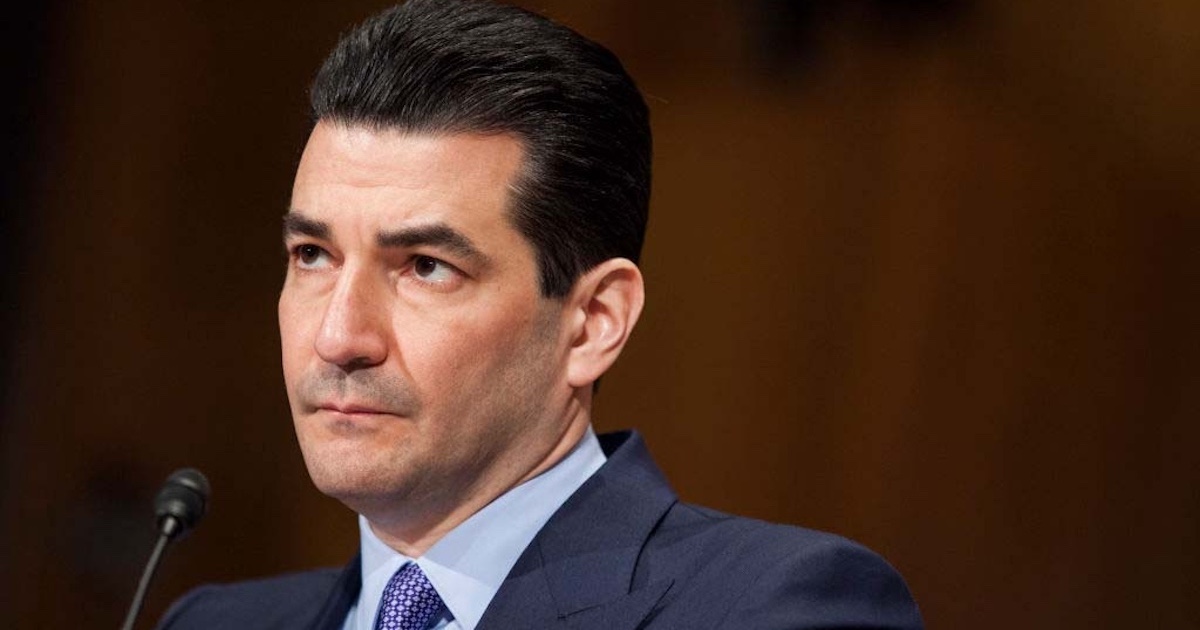It's often been called a "delicate dance." How can a clinician get a consumer interested enough in healthcare to keep coming back for more? How can health management become a habit, rather than something you only worry about when you're sick?
The concept of patient – or consumer – engagement is all the rage in health circles these days, as providers look for ways to move beyond the self-motivated and engage the vast majority of the population that would more likely sit on the couch or scarf down a pizza than walk a mile a day or cut out fatty foods.
To Nir Eyal, an entrepreneur and "student of human behavior" and author of the book Hooked, the trick is to, well, "hook" the consumer into a repeated series of actions with enough frequency that it eventually becomes a habit. Eyal's model comes in four phases:
- The trigger;
- The action;
- The reward; and
- The investment.
Today's consumers have to be motivated, whether it be through promises of a pleasurable experience or easing that "stress of desire," Eyal said at Partners HealthCare's two-day Connected Health Symposium in Boston. Once the trigger is found that causes someone to take action, the reward has to be enough to keep the person coming back again and again – basically, "scratching the user's itch, but leaving them wanting more." And in creating that need to repeat the action, the user is "investing," or creating something of value that will keep him or her coming back.
[In-depth: Samsung and Qualcomm mobile platforms for providers.]
Sounds simple? Not really. And that's why healthcare has an engagement problem.
Many consumers see healthcare as unpleasant experience, most likely because they only engage in it when they're not feeling well – they're either sick or injured. Furthermore, they don't make the connection between increased health and wellness and a reduced chance of needing healthcare services. And to top it off, all the unhealthy habits are far more fun than the healthy ones.
Treating health and wellness as a game might work, but it's difficult to apply incentives to something that isn't fun, said Michael Fergusson of Ayogo, one of the forerunners in the healthcare gaming arena. His model: Engage, educate and empower. Create "small rituals of engagement" that build up over time and improve outcomes.
Engagement isn't easy. Alexandra Drane, co-founder of the Eliza Corporation and Engage with Grace, pointed out that she ditched her fitness wearable because it was depressing her – it was telling her that she wasn't healthy, and not giving her the encouragement she needed to become healthier.
That's human nature at work. Even those with good intentions don't always follow up with positive actions. How many substance abusers vow to quit and pull themselves together, then fall back into old patterns?
"People mean well … but, on the other side, there is this irrational, illogical, behavioral evidence that we don't do what we want to do," said Kyra Bobinet, MD, MPH, an instructor in health engagement at the Stanford School of Medicine and CEO and co-founder of EngagedIN.
Furthermore, Bobinet asserts, technology is making us more distracted than ever, so that creating a process of continual engagement in healthy activities is difficult (Eyal even wondered if technology is becoming this generation's version of the cigarette).
So how does healthcare become pleasurable enough that the average consumer will want to come back for more, again and again and again? To Bobinet, it has to appeal to a person's self image, and be embedded enough that the person subconsciously chooses to engage in healthier habits.
In that process, health living becomes, in essence, a no-brainer – or, as Bobinet puts it, a "D'oh moment," invoking Homer Simpson (not a model of healthy living, but certainly a pop culture reference that everyone knows about).
Added Jen Hyatt, CEO and founder of Big White Wall, a UK-based online platform for behavioral health, healthcare engagement has to become social, as normal and everyday as checking your e-mail or posting on Facebook or Twitter (an example of a trigger – studies have found that depressed people check their e-mails far more often than those who aren't depressed).
Whatever the method of engagement, there has to be value to both the consumer and the provider. Pat Mastors, president and co-founder of The Patient Voice Institute, said the time-established hierarchy of doctors taking charge and patients being "the passive recipients of care" has to change. Consumers will become engaged if they have a say in the process, if the conversation with the provider is on an equal level.
"We need to create interoperability at the human level," she said.
Related articles:
Do doctors have the right 'bedside manner' for practicing telehealth?
Infographic: Privacy breaches — an enduring issue in healthcare


